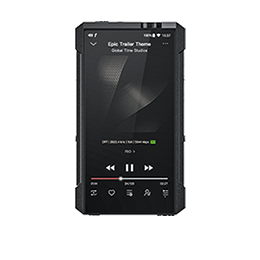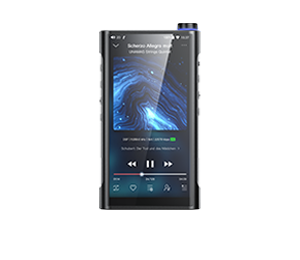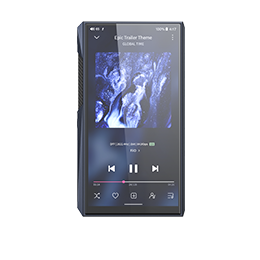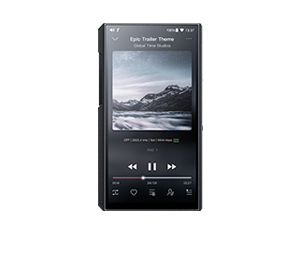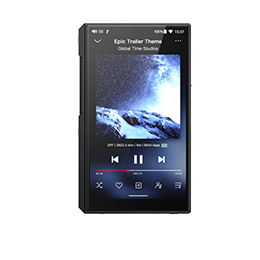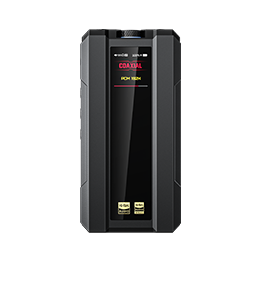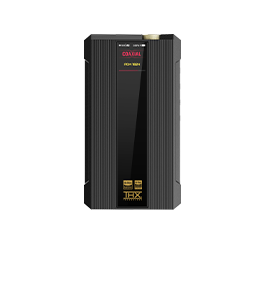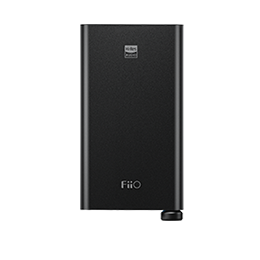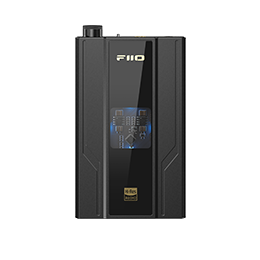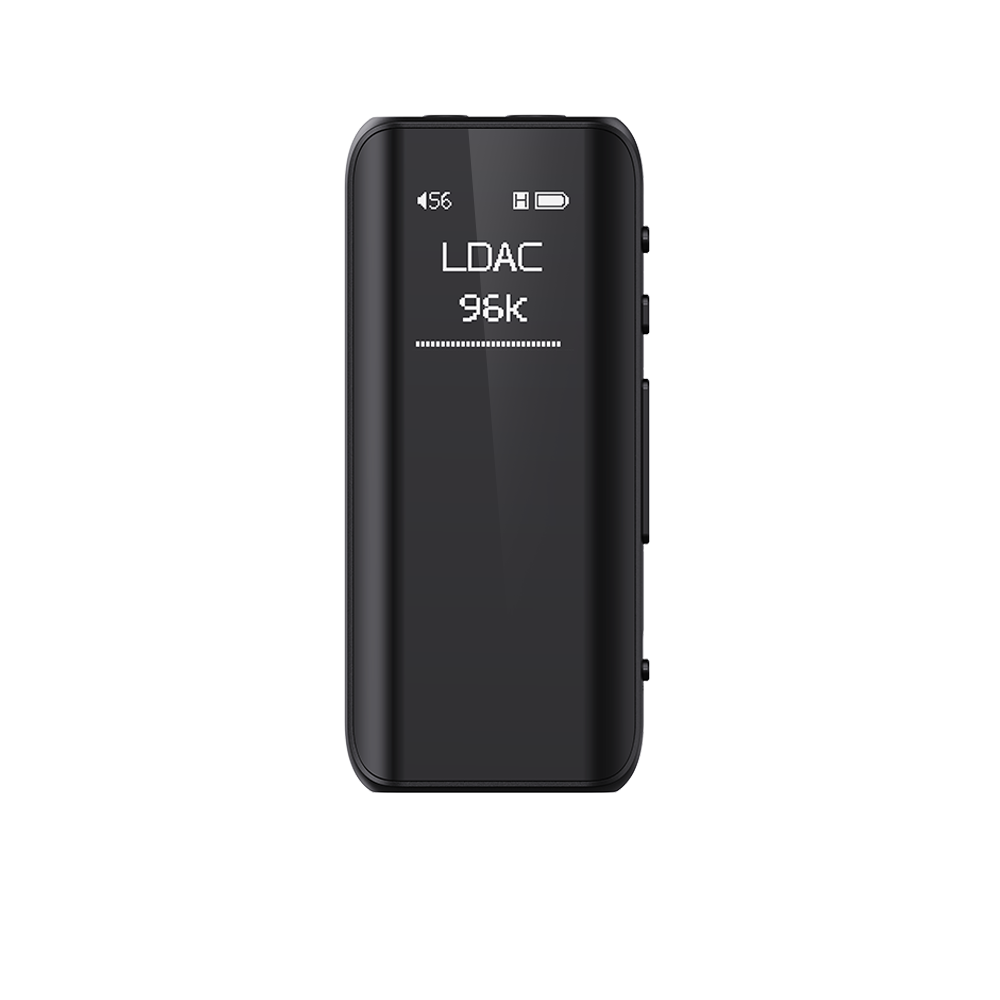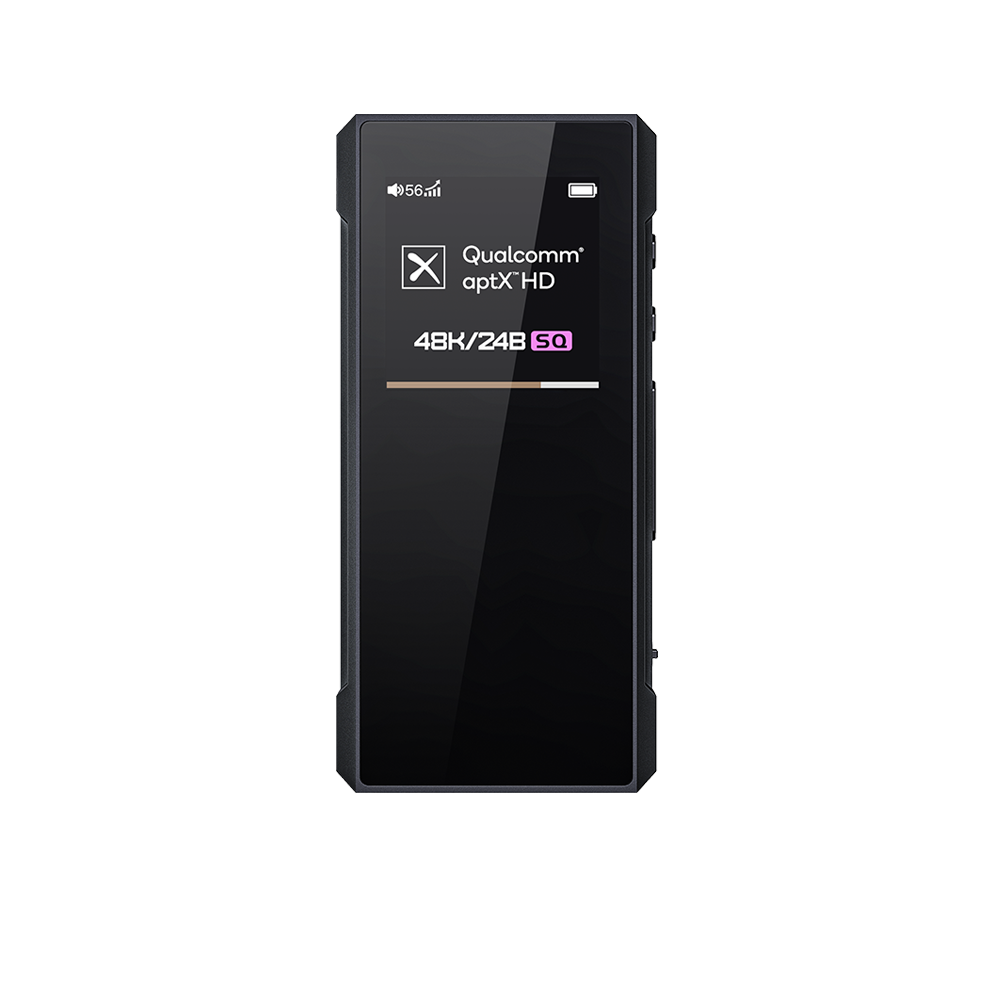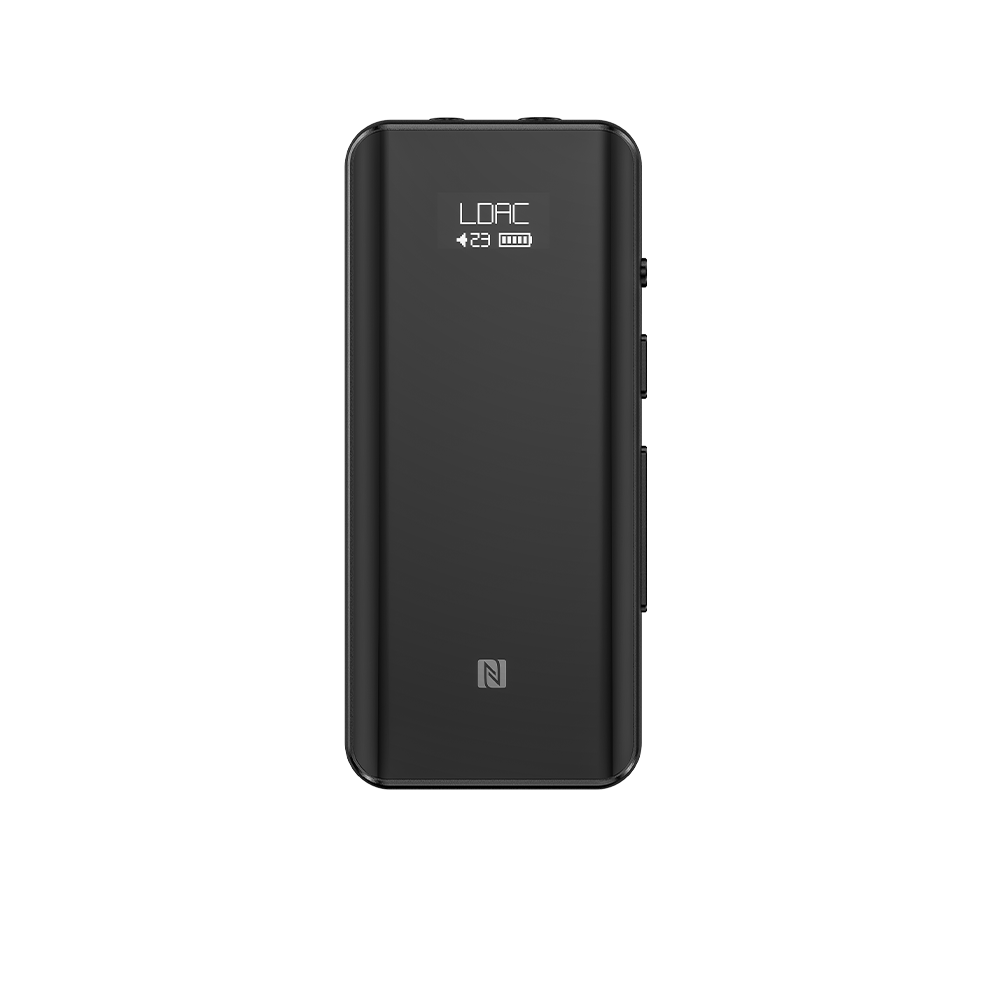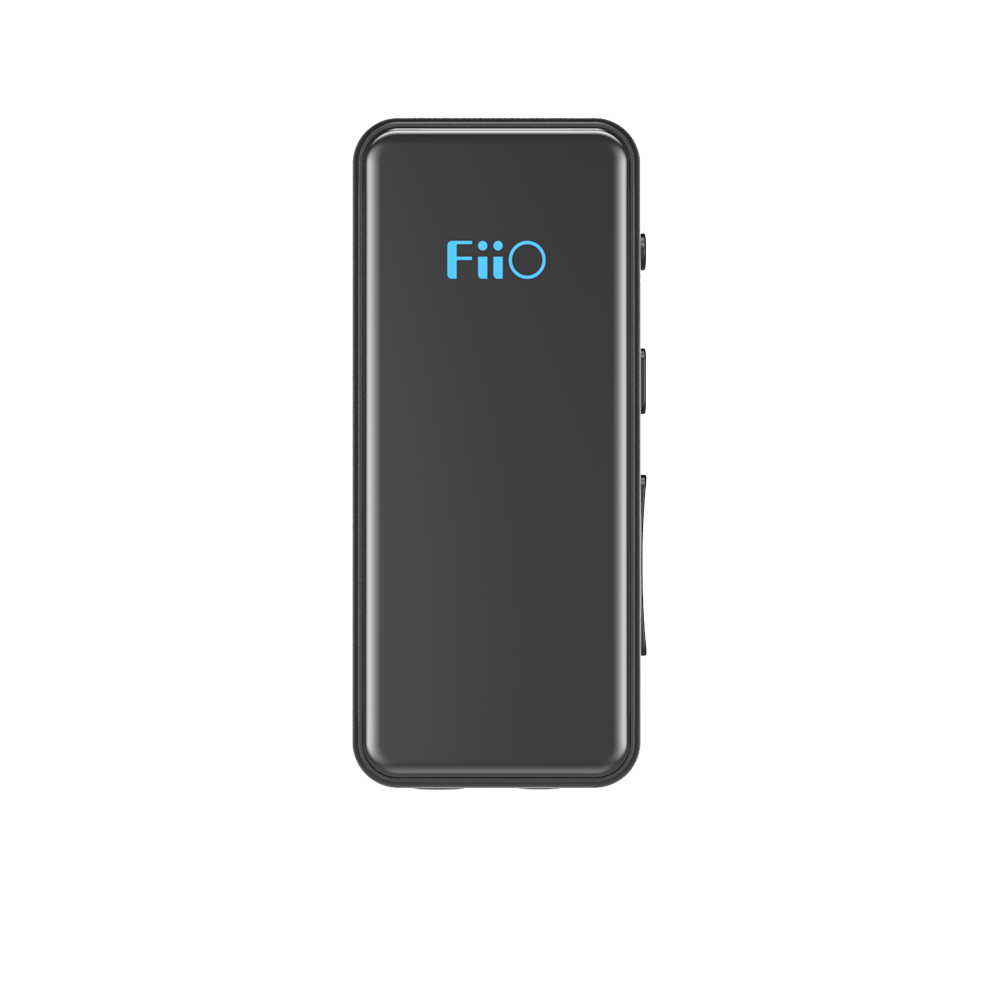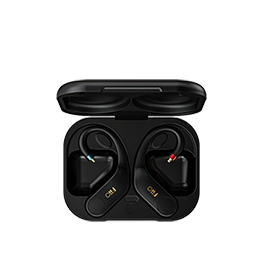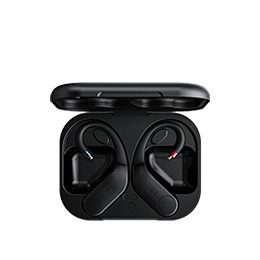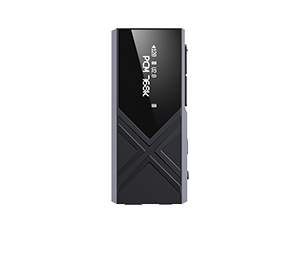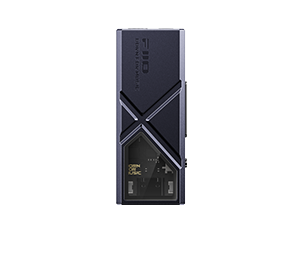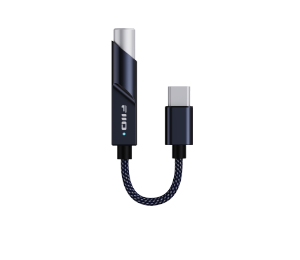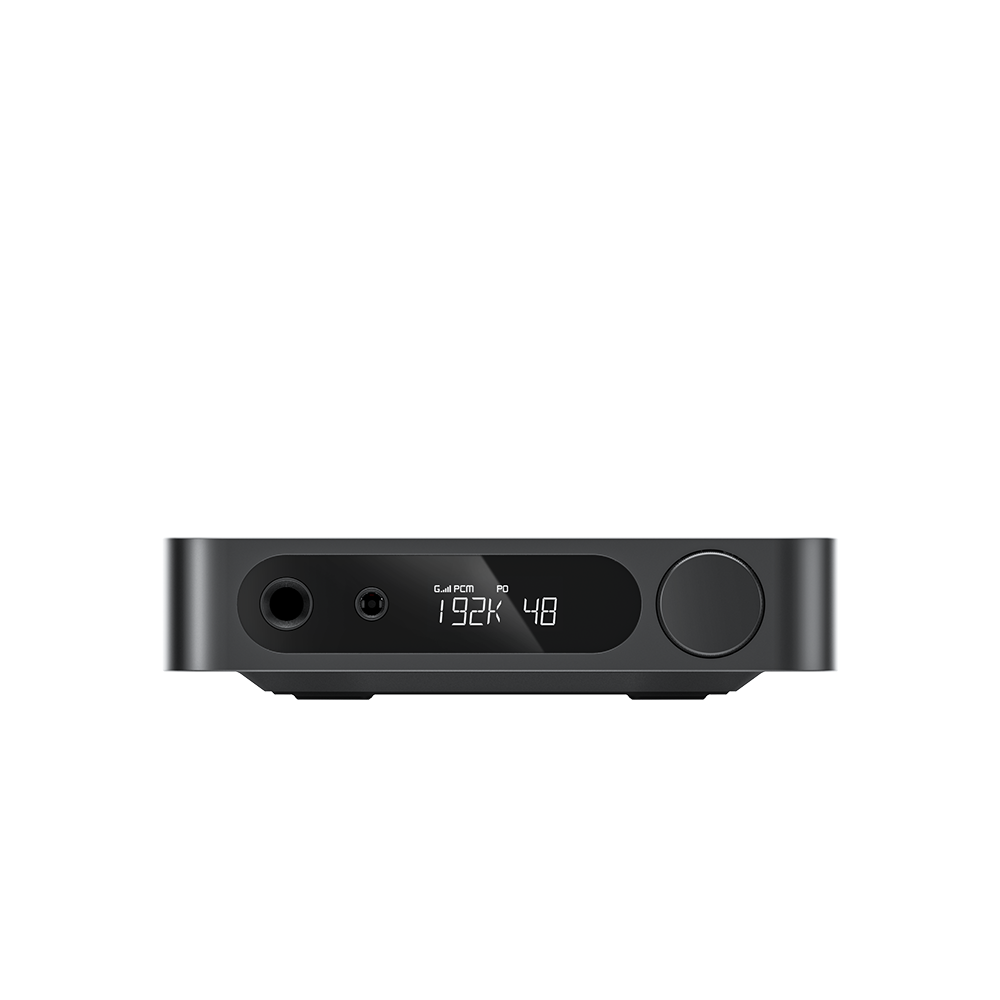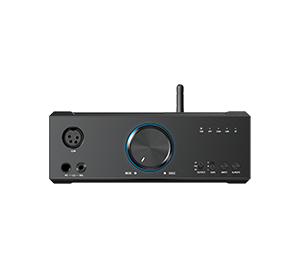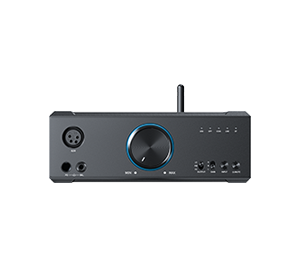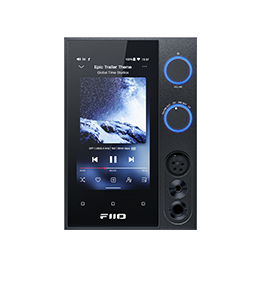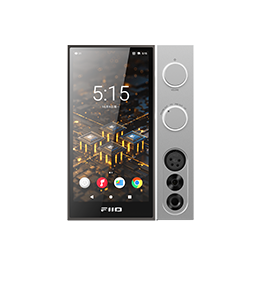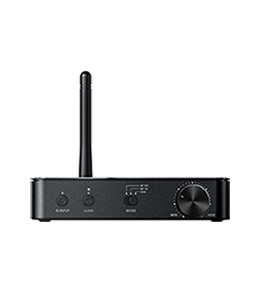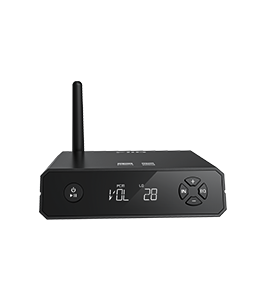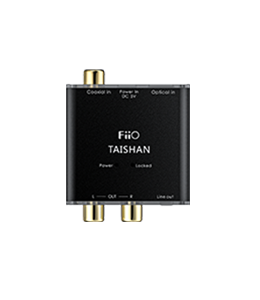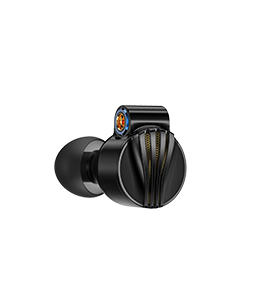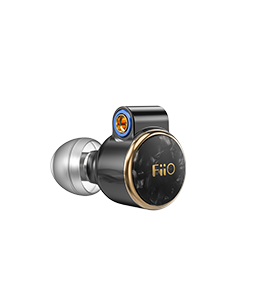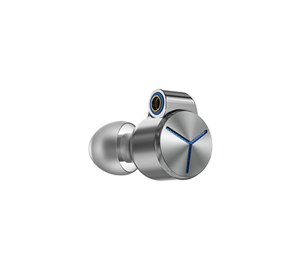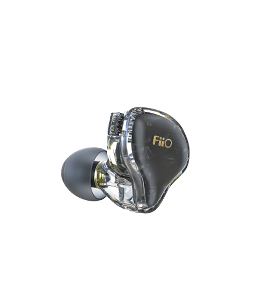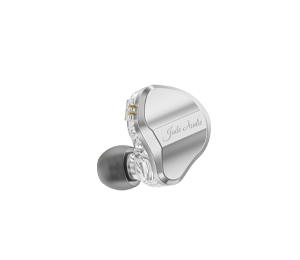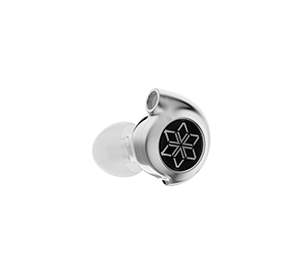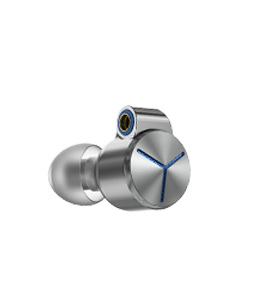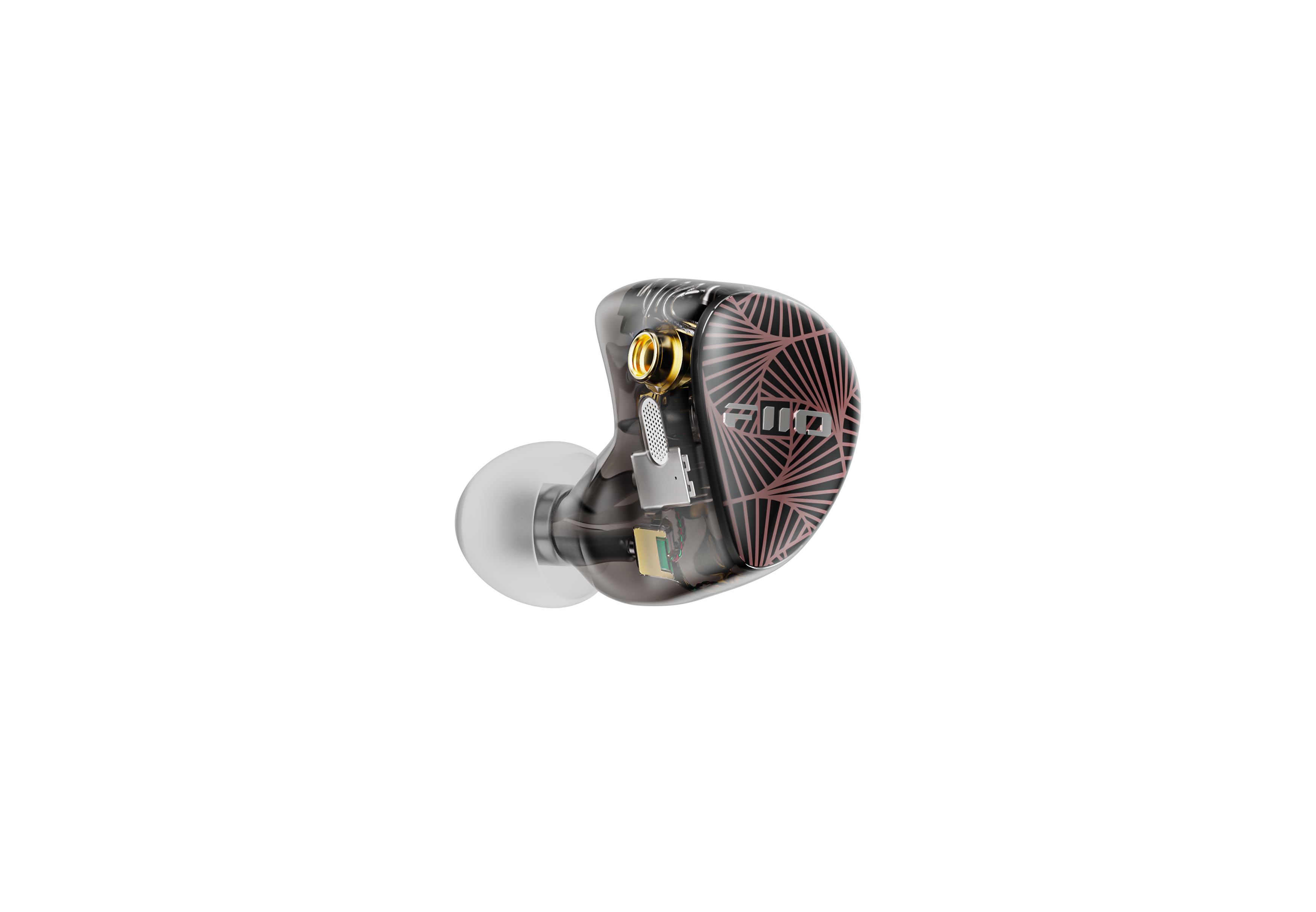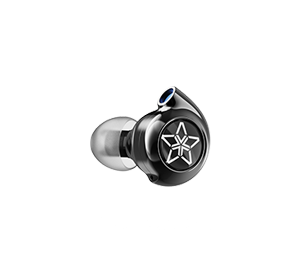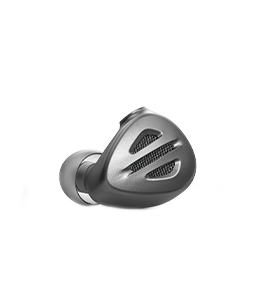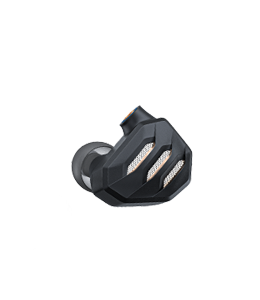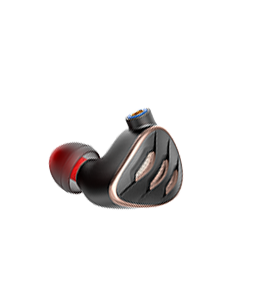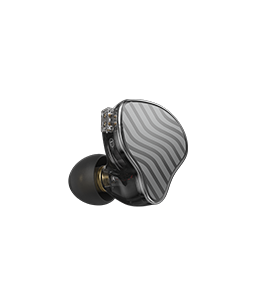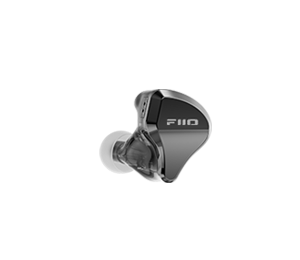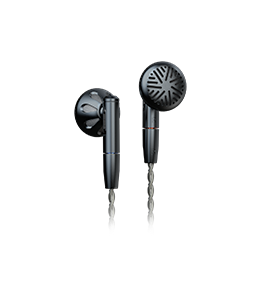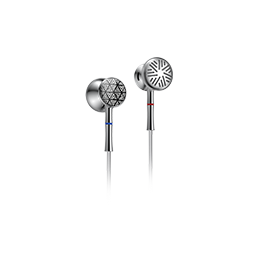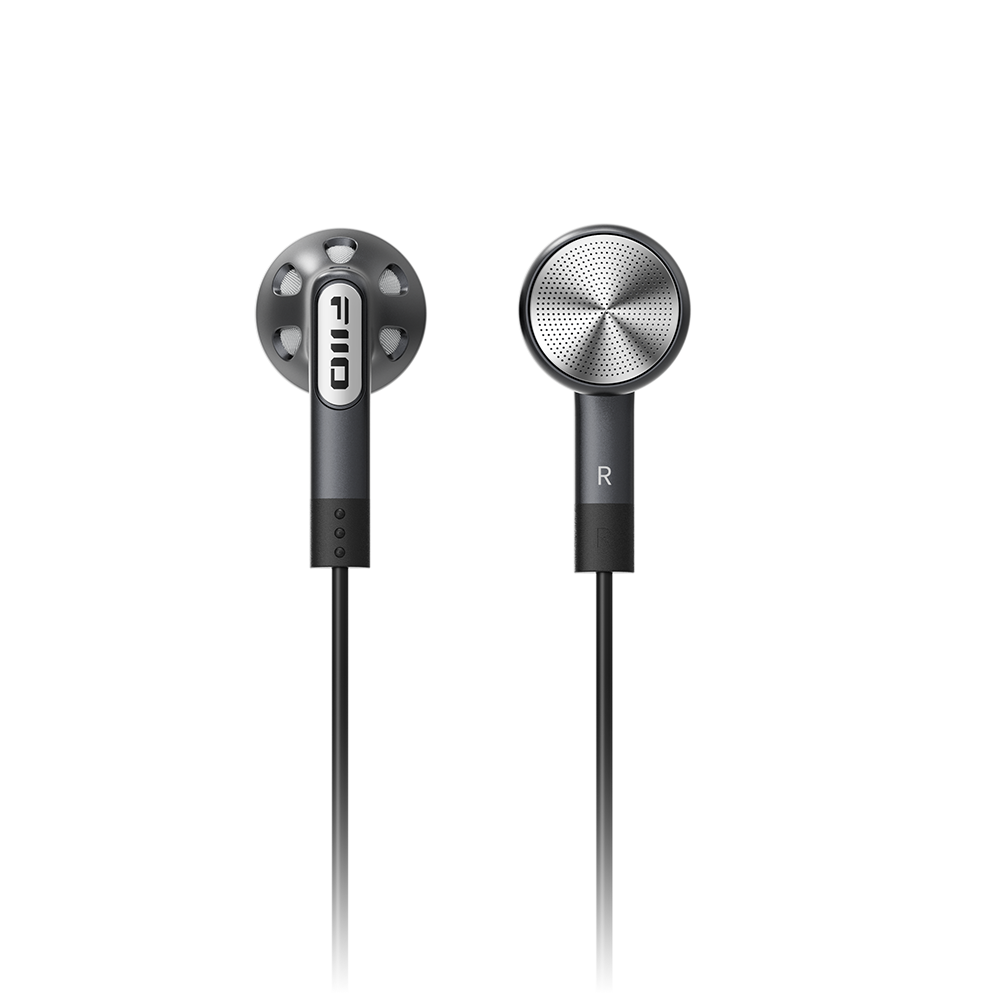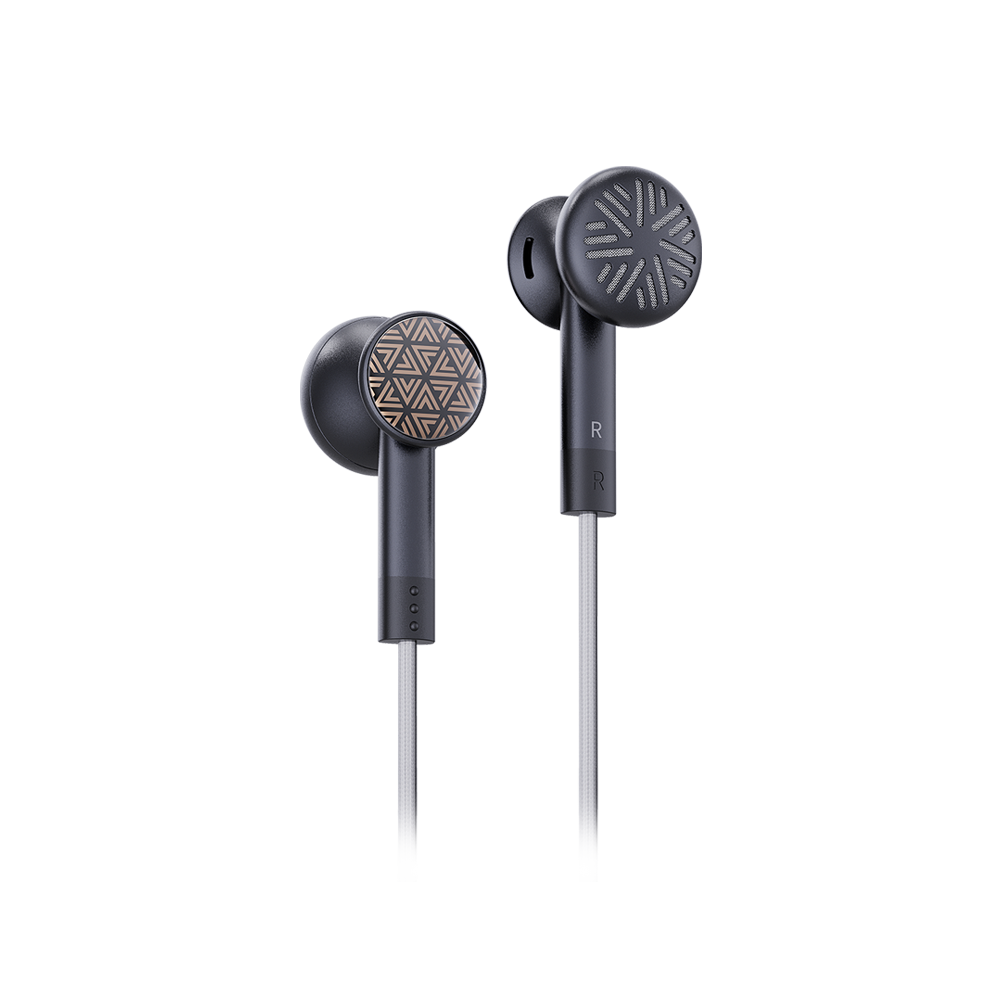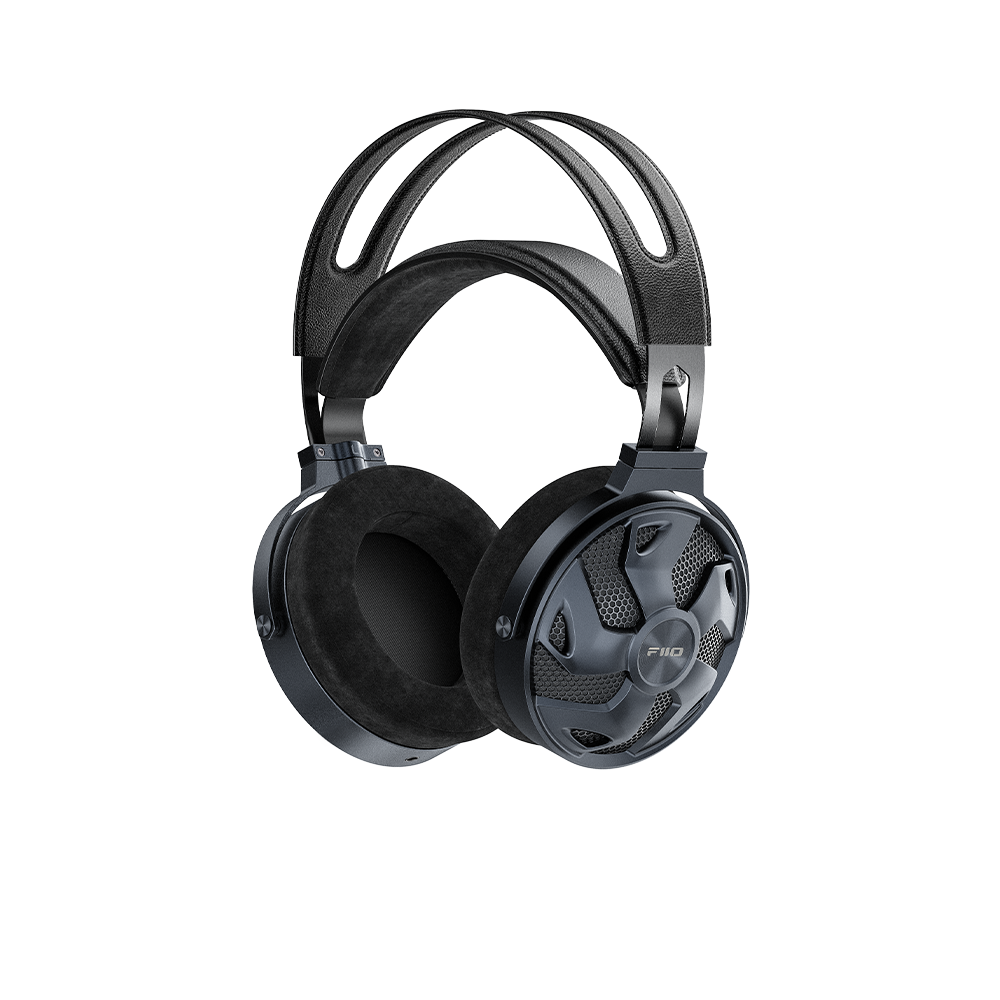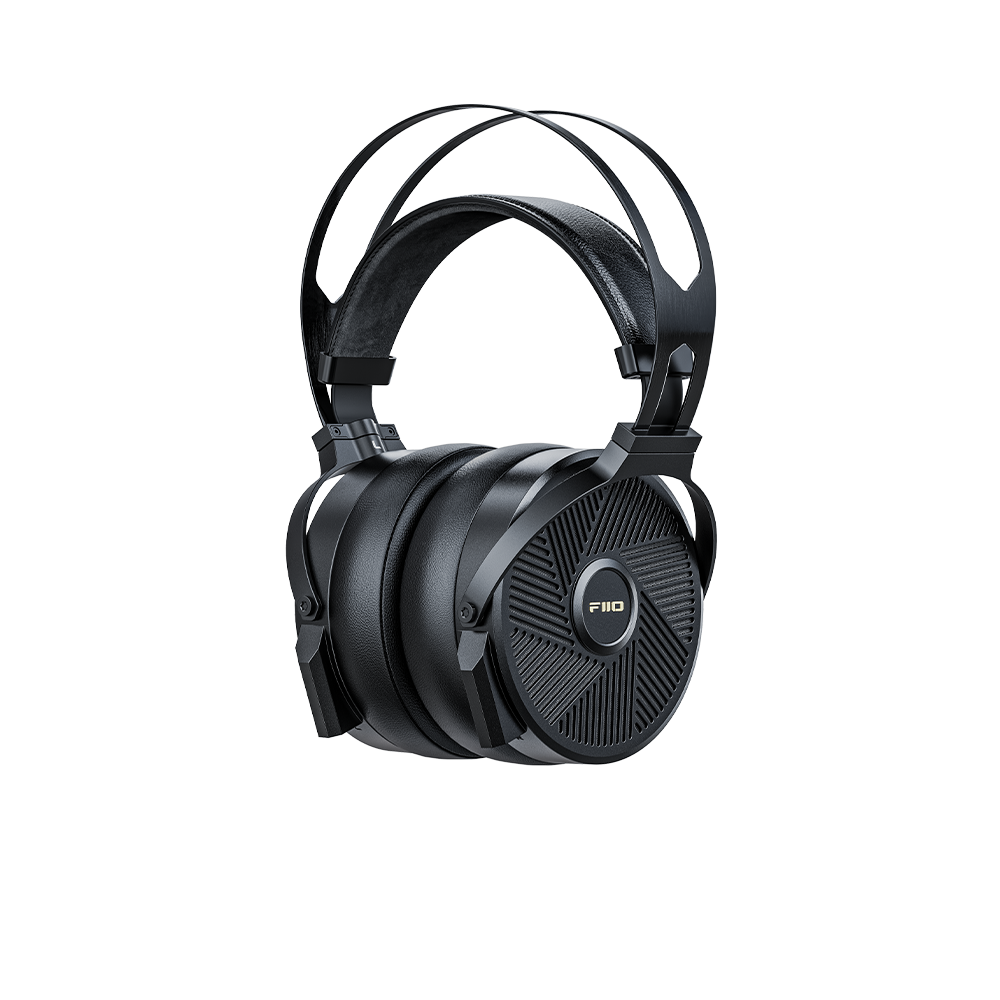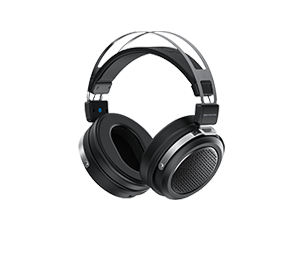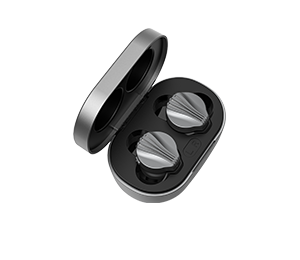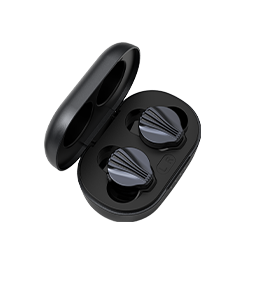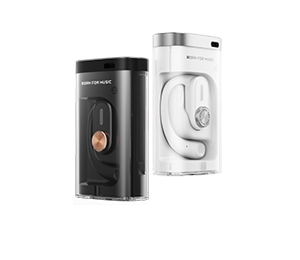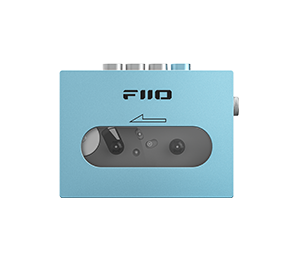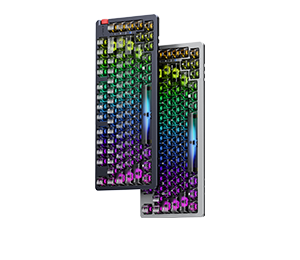FiiO μBTR Bluetooth Headphone Amplifier Review
Author: Goh Beng Yeow;
Review from:Porta-fi.com
→→ Read the original article on Porta-fi.com: >> Click here
The decision by Apple to remove the 3.5mm headphone jack which has subsequently been adopted by other smartphone manufacturers has led to consumers seeking solutions for their wired gears. The Bluetooth receiver is one of the two solutions that has gained traction in the past one year. The other being the wired DAC/Amps which we reviewed recently. The Bluetooth receiver is an excellent solution for those who wish to go wireless, but unwilling to give up their favourite wired gears.

μBTR is the second offering from FiiO in the Bluetooth receiver segment after BTR1, a segment which they now market as Bluetooth Headphone Amplifier.
For those of you who are familiar with FiiO’s naming convention, you would have guessed that the μBTR differs from its main line offering which includes the BTR1 and BTR3 which was released recently.
Design and Build

Measuring at 55mm x 19mm x 9.1mm (excl. back clip) and weighing in at just 12.5g, the μBTR is currently FiiO’s lightest and smallest BT receiver. Its lightweight is attributable to FiiO’s decision to house the μBTR in a pearl white plastic housing finished with a glossy acrylic faceplate, a design which I appreciate as minimalist yet stylish.
Earlier I mentioned that the μBTR differs from FiiO’s main line of Bluetooth receivers, the device is FiiO’s attempt to create a product for consumers seeking a competent and competitive offering from the perspective of an audio product manufacturer.
For starters, unlike the BTR1 and BTR3, the μBTR does not feature a DAC chip and utilises a Codec for its Digital-to-Analogue conversion. For the purpose of amplification, the BT receiver features a TPA6132A2 amplifier chip from Texas Instrument. The device has an output rating of ≥20mW @16Ω and ≥ 10mW @32Ω, both with a total harmonic distortion (THD) of <1%. While this is 33% lower than that of the BTR1 and about 40% lower than that of the BTR3, it is competent enough to power most entry-level as well as efficient mid-tier earphones and In-Ear Monitors (IEMs) well.
In the area of Bluetooth connectivity, FiiO has implemented the CSR8645 Bluetooth Chip by Qualcomm. The μBTR can be paired with up to two Bluetooth devices, allowing users to toggle between two of their favourite digital transports, do note however that the μBTR by default connects to the last-paired Bluetooth device first.

The μBTR also features independent volume control and microphone, eliminating the need for a set of earphones or (IEMs) with in-line controls and a microphone. Truly enabling users to be connected wirelessly without to give up their favourite wired gears.
The main button does not only facilitate power toggling and the pairing of the device but also facilitates access to virtual assistants such as Siri with just a double click of the main button. While the clickiness of the button is not in the same league as that of the BTR1, it is still acceptable and very much usable.
With a built-in 120mAh battery, I was able to achieve an average battery life of 9 hours 10 mins of use with a charging time of about 1 hour each time the device runs flat. Featuring a Type-C USB Port, it provides the μBTR the billing of a modern device and allows the device to be charged by the charger which features the Type-C USB connector.
Sound Quality
In the words of James Chung of FiiO, “The device (μBTR) is to meet the needs of customers whose phone comes without the 3.5mm headphone jack while still have one or more 3.5mm headphones with pretty satisfactory sound quality.”
The use of the CSR8645 Bluetooth Chip by Qualcomm allowed the device to support aptX, a codec which in my opinion is critical to realise a sound quality that can nearly rival that of a wired connection which FiiO seeks to achieve for the μBTR.
During the review process, I have tested the μBTR using an LG V30+ in two different modes; one using only Bluetooth and the second using Bluetooth with aptX enabled after pairing them using NFC (Near-Field Communications) which simplified the process to that of a one-touch.
The difference in sound quality of the two modes was easily distinguishable with the latter providing a sound quality that was acceptable to my ears while the former is likened to one listening to the playback of a lossy MP3.
With a stereo crosstalk of -78dB, the μBTR exhibits decent sound staging that is almost similar to that of a wired connection but still falls short on sound imaging and separation.
Using the μBTR with aptX enabled, I would agree that the device was able realise a sound quality that can nearly rival that of a wired connection which FiiO seeks to achieve. However, without aptX, the sound quality falls short and drops are experienced even within close range.
Review Ratings
8.6 / 10REVIEWER
0 / 10USERS(0 votes)
PROS
- Minimalist yet stylish design
- Supports aptX
- Independent volume control, microphone and NFC - 9-hour battery life
- USB Type-C
- Value for money
CONS
- Decent sound quality only with aptX
- Low power output
SUMMARY
The FiiO μBTR Bluetooth Headphone Amplifier is a minimalist designed yet stylish device and ticks the boxes which the company set out when designing the product.
μBTR is a thoughtfully designed product with customer-centric features such as an independent volume control, microphone, NFC and a battery life of 9-hours.
At USD 27.99, it is an entry-level device targetting individuals who wish to get their feet wet and go wireless, but unwilling to give up their favourite wired gears.
Sound Quality6.5
Features and Functionalities9.5
Build8.5
Value for Money10
Associated Equipments
Sources
LG V30+ Smartphone
In-Ear Monitors
LEAVE YOUR RATING→→ READ THE ORIGINAL ARTICLE ON PORTA-FI.COM: >> CLICK HERE



